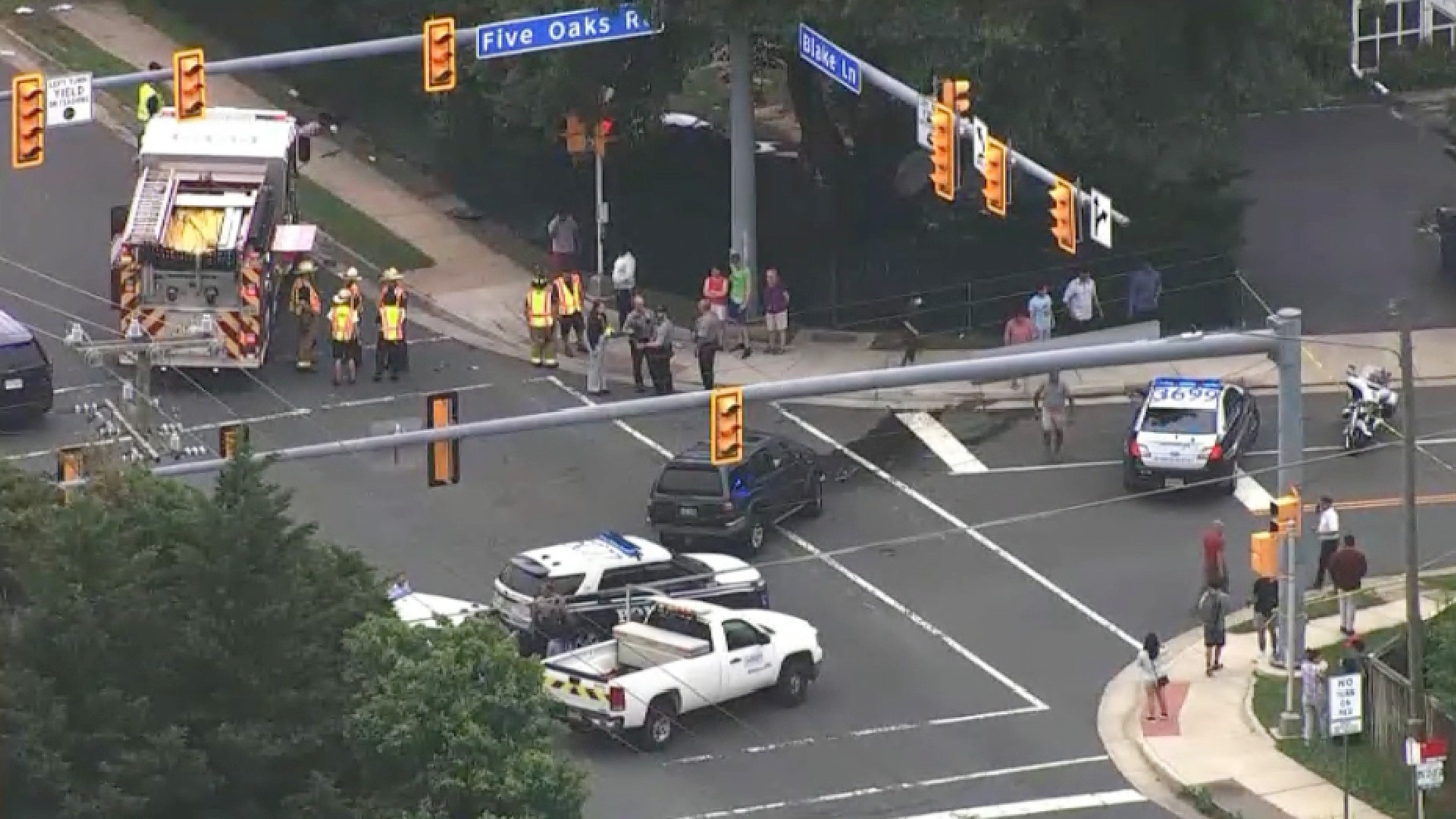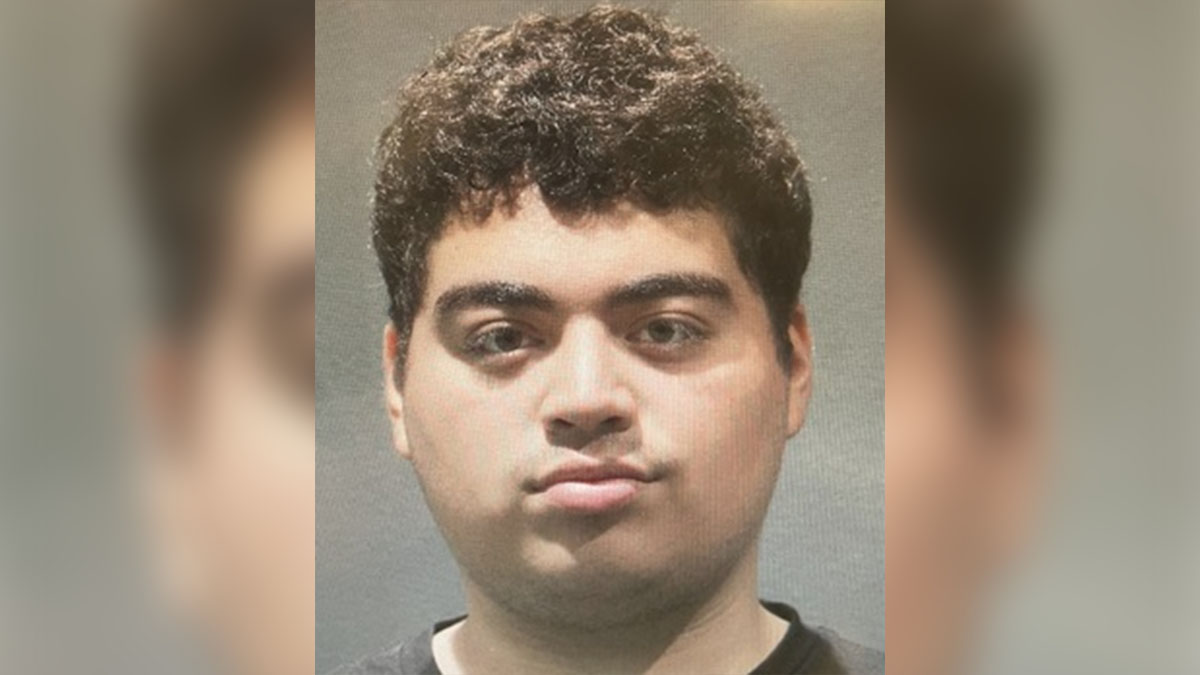Prosecutors laid out their case against Baltimore Police Officer William Porter Wednesday morning, saying in opening statements that Porter could have called for medical help for Freddie Gray with the push of a button but "criminally neglected his duty to keep Mr. Gray safe."
The defense stated its case Wednesday afternoon and told the majority-black, majority-female jury that Porter was a good, but inexperienced, officer who had dealt with arrestees who faked injuries to avoid going to jail.
Chief Deputy State's Attorney Michael Schatzow said Porter, 26, failed to call for a medic for Gray though the 25-year-old repeatedly asked for medical help.
"The defendant could have helped him but did not help him," Schatzow said as members of Gray's family and State's Attorney Marilyn Mosby looked on.
Prosecutors said videos show Gray was able to walk and speak before he was placed in the van. One video shows him lying on his stomach and lifting his head 4 to 5 inches off the ground, indicating his spine then was intact, Schatzow said.
"When Mr. Gray went into the van, there was nothing wrong with his spine," he said.
Gray was handcuffed and put into ankle shackles, and was not secured in a seat belt, though there were five seat belts in the compartment of the van where he was placed, the prosecutor said. His spinal cord was severed during the ride as the driver made a total of six stops, Schatzow said.
Local
Washington, D.C., Maryland and Virginia local news, events and information
"Help me get up. I can't get up," Gray reportedly said during one of the stops the van driver made during the 45-minute ride.
Porter, who graduated from the police academy in January 2013, took a course in how to respond to medical emergencies, Schatzow said. He was taught to place seat belts on all arrestees and call for medical help whenever it is requested.
The officer had received new guidance from Baltimore Police April 9 that went into effect April 12 saying all arrestees needed to be belted, without exception. Also, if the arrestee asks for medical help, officers must get them help.
There was no reason to put him in without a seat belt "unless he simply didn't care," Schatzow said.
Gray arrived at a police station unresponsive, was taken to a hospital and died a week later.
Gray suffered a severe spinal cord injury while being transported in a police van April 12, authorities said. His injury sparked protests about police brutality that escalated to riots and arson after his death April 19.
Porter is charged with assault, manslaughter, reckless endangerment and misconduct in office. He pleaded not guilty to charges that carry maximum prison terms totaling about 25 years.
Defense attorney Gary Proctor said Porter became a police officer to be of service to his city. He wanted to join the military but was rejected because he is colorblind.
“He didn’t become a police officer to swing a big stick; he became an officer to help people," Proctor said, noting that Porter will testify in his own defense.
Proctor said Porter did offer assistance to Gray multiple times and helped him get to his feet while handcuffed.
"That's the kind of cop he is," the defense attorney said several times.
Despite the police department's policy, Porter was not aware that arrestees needed to be secured with seat belts, Proctor said. Records showed that he did receive a BPD email with information on new rules, but it had been buried within 1,466 pages of emails he only had access to at the Western District headquarters, using a slow computer.
Inside the police van, Gray was "going crazy" rocking the van, Proctor said. "All 132 pounds of him."
When Gray said he needed help and said "I can't breathe," Porter believed he was faking.
“He thought, ‘He’s feigning injury to get out of going to jail today,'" Proctor said. “There was no outward sign of injury.”
Later in the trial, evidence will be presented from closed circuit cameras, police radio calls, witness testimony, expert testimony and cellphone videos shot by citizens, Schatzow told the jury, which was seated Wednesday morning.
One hundred fifty potential jurors were questioned for two days by Baltimore Circuit Judge Barry Williams.
Eight members of the jury are women; four are men. The jury includes five black women, three white women, three black men and one white man. Four alternates were selected: three men who appeared white and one man who appeared black.
The judge brought in a pool of 47 potential jurors Wednesday morning. Prosecutors and Porter's lawyers then removed multiple potential jurors through "peremptory strikes" that both sides were allowed.
"If someone requests a medic, you call for a medic," she said.
Defense attorney Joseph Murtha countered that the medical training had been brief and part of training on dozens of other topics. Also, he asked Carson-Johnson if rocking a transport van could have explained why Gray then was out of breath.
"It would be a consideration," she replied.
Porter's defense lawyer asked jurors to defend their city by finding the officer not guilty.
"Let’s show Baltimore the whole damn system is not guilty as hell," he said. “Mr. Gray’s death is a tragedy. So is charging someone who did not precipitate it."



